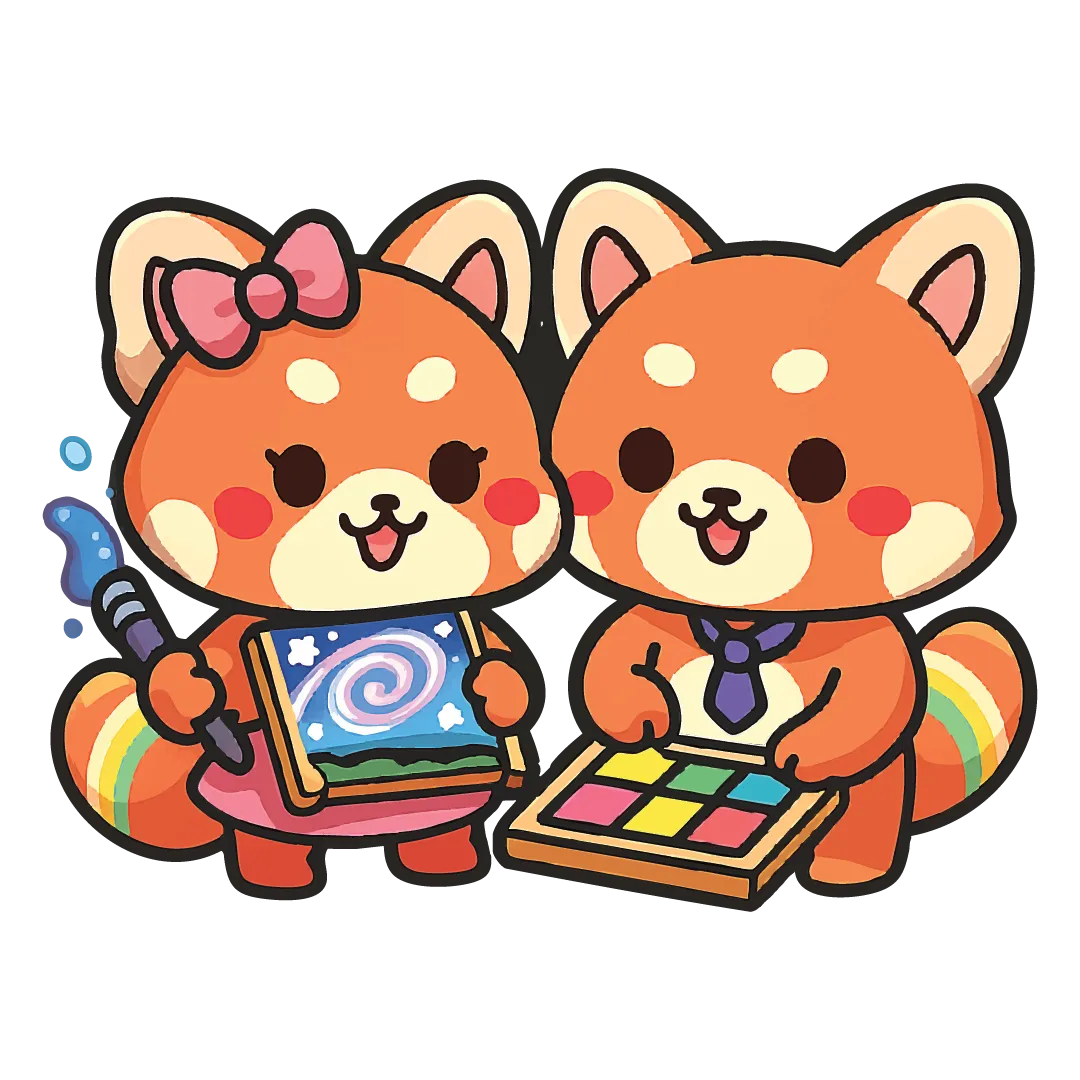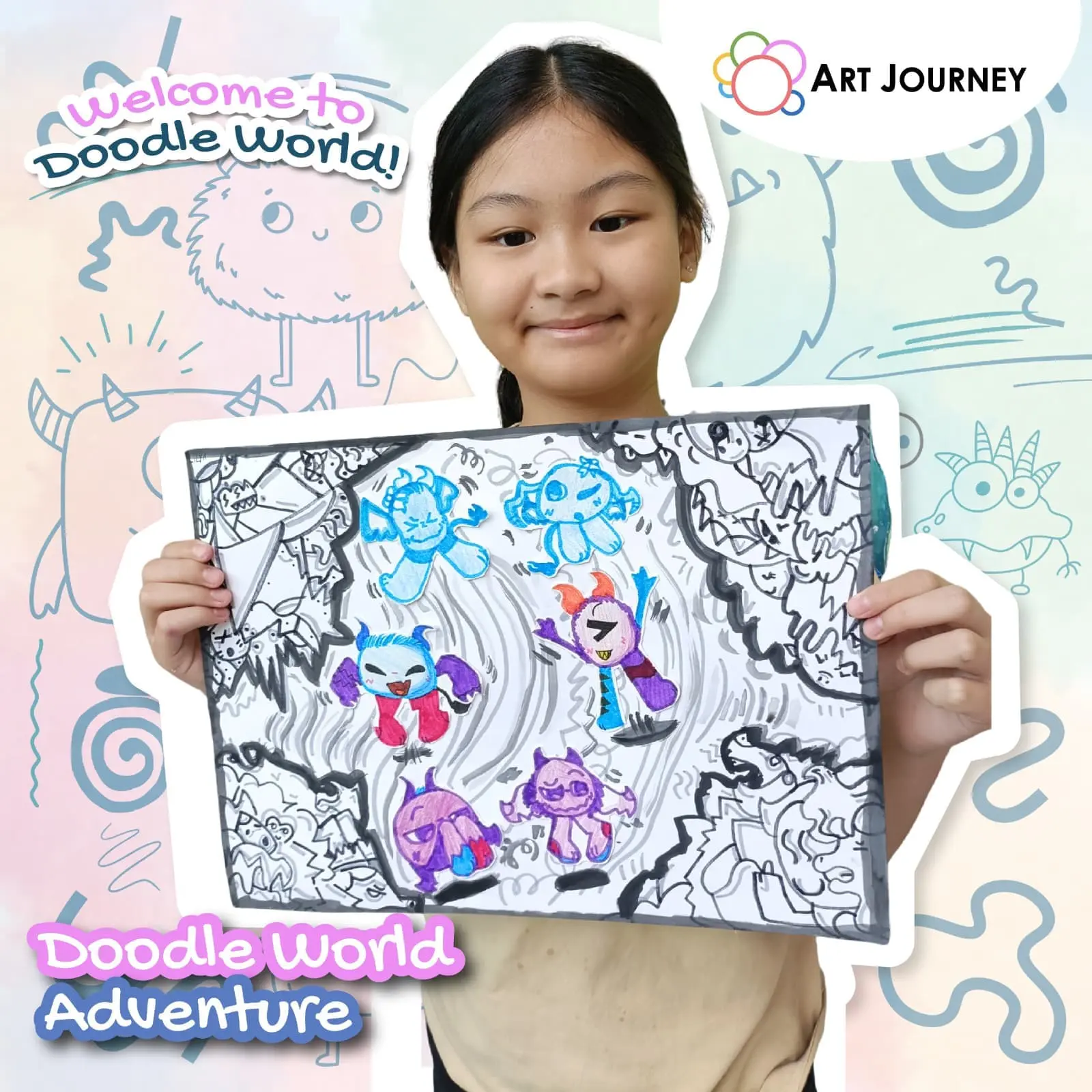
How Regular Art Practice Boosts Your Child’s Academic Performance
Many parents still see art as just a “fun hobby,” but science and education experts tell a different story. Regular art practice does more than encourage creativity—it enhances academic performance across multiple subjects. From improved memory to stronger problem-solving and communication skills, art gives children a foundation that supports lifelong learning.
If you’ve been wondering how art can help your child succeed academically, here’s a closer look at how it works.
1. Art Strengthens Focus and Concentration
Whether your child is painting, sketching, or doing mosaic art, they’re practicing one key academic skill—focus.
Creating art requires attention to detail, patience, and sustained effort over time. These same qualities are crucial for subjects like mathematics, reading comprehension, and science experiments.
In fact, many teachers report that children who regularly engage in art activities show improved attention spans and are better able to stay on task during lessons.
2. Art Encourages Critical Thinking and Problem-Solving
Art challenges kids to think beyond the obvious. Should they blend two colors for a new shade? How can they represent movement using only lines? These creative decisions nurture critical thinking—a skill that applies directly to academics.
When students encounter complex math problems or science concepts, they learn to experiment, test ideas, and look for innovative solutions—the same mental process they use while creating art.
3. Art Builds Memory and Retention Skills
Visual art engages both sides of the brain, helping kids remember information better. When they draw or visualize what they learn—like sketching the solar system or illustrating a story—they form stronger neural connections.
Studies have shown that children who use visual learning strategies often perform better in exams because they recall images and patterns more easily than text alone.
4. Art Improves Language and Communication Skills
Through art, children learn to express ideas that words alone cannot capture. When discussing their creations, they practice describing feelings, techniques, and stories—enhancing vocabulary and verbal communication.
This translates into better writing skills and confidence in public speaking, two key components of success in language-based subjects.
5. Art Boosts Confidence and Motivation to Learn
A child who proudly displays their finished artwork feels a sense of achievement and self-worth. This positive reinforcement builds confidence—one of the strongest motivators for learning.
When children believe they are capable, they approach all subjects with greater enthusiasm, leading to better academic performance across the board.
6. Art Develops Fine Motor and Coordination Skills
Cutting, painting, or handling mosaic tiles all strengthen fine motor control—a fundamental skill for early writing, typing, and even lab work in science.
Regular practice enhances hand-eye coordination, enabling children to write neatly, draw accurately, and work with precision in subjects that demand careful handling, like math geometry or science experiments.
7. Art Teaches Perseverance and Patience
A completed artwork doesn’t happen overnight. It requires multiple stages—planning, sketching, refining, and finishing. This process teaches kids to stay patient and not give up when things get challenging.
These habits carry over to academics, where perseverance helps them work through difficult problems or prepare for exams without frustration.
8. Art Encourages Emotional Balance and Stress Relief
A calm mind learns better. Art provides a safe outlet for emotions, helping children manage anxiety and pressure related to schoolwork.
Regular art sessions allow them to reset mentally, improving mood and readiness to learn. Many educators now integrate art breaks in classrooms because it helps boost cognitive energy and focus afterward.
9. Art Promotes Collaboration and Social Learning
In group art workshops, children learn to work together, share materials, and discuss ideas respectfully. These soft skills are essential for teamwork-based school projects and later in their careers.
Art fosters empathy and understanding, helping children see things from multiple perspectives—an invaluable asset for subjects like literature and social studies.
10. Art Inspires a Lifelong Love of Learning
Perhaps the most powerful benefit of art is that it keeps curiosity alive. Through creative exploration, children learn to ask “what if” and “how.” This open-minded attitude encourages them to explore all subjects—not just art—with excitement and curiosity.
When learning feels joyful, kids naturally perform better in every area of study.
How Art Journey Helps Kids Combine Creativity and Learning
At Art Journey Singapore, children don’t just paint—they learn to think creatively, collaborate with others, and build focus through fun, guided sessions.
Our art programs are designed for ages 4–12, with activities that balance play and skill development. Many of our students have shown better confidence and school performance after joining regular art sessions.
FAQs: How Art Helps Kids Succeed in School
Q1. Can art really improve academic results?
Yes. Studies show that children engaged in art perform better in math, reading, and problem-solving because of enhanced brain connectivity and focus.
Q2. How often should my child attend art classes?
Even one or two sessions a week can make a difference. Regular, consistent practice builds discipline and creative thinking over time.
Q3. Is art only useful for creative careers?
Not at all. The skills developed—such as observation, analysis, and perseverance—apply to any career, from engineering to medicine.
Q4. What’s the best age to start art classes?
Ages 4–6 are ideal for developing fine motor and visual learning skills, but it’s never too late to start. Many older children benefit greatly from creative workshops too.
Q5. How can I support my child’s artistic growth at home?
Provide art supplies, encourage creativity without judgment, and discuss their creations. Most importantly, celebrate effort, not just results.






